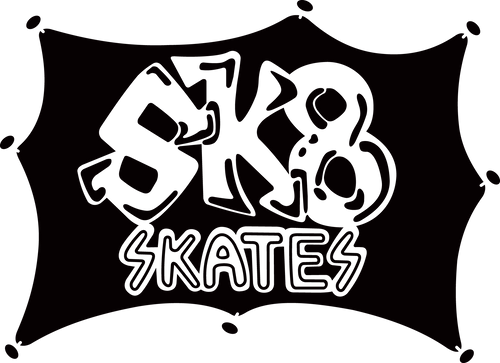
How to Choose a Skateboard: A Comprehensive Guide
Introduction
Selecting the right skateboard is vital whether you're a beginner stepping on the board for the first time or an experienced skater looking to upgrade. The right skateboard can enhance your learning curve, improve your performance, and make skating more enjoyable. This guide will walk you through the essential factors to consider when choosing a skateboard, ensuring you find the perfect match for your skating style and preferences.
Understanding Skateboard Components
-
Deck: The deck is the flat board you stand on and is critical for the type of skateboarding you plan to do. Decks vary in size, shape, and concave, affecting how the board performs and feels under your feet.
- Width: Choose a width that feels comfortable. Wider decks (8 inches or more) provide more stability, suitable for vert skating or larger riders, while narrower decks (less than 8 inches) offer better maneuverability, ideal for street skating.
- Length: Standard decks typically range from 28 to 32 inches in length. Your height and shoe size can influence the optimal length for you.
-
Concave: The curvature between the deck's nose and tail can impact your control and foot placement. More concave can offer better grip and flip control.
-
Trucks: The trucks attach the wheels to the deck and play a significant role in your board's turning and stability. Ensure the truck width matches your deck width to maintain proper balance and control.
-
Wheels: Wheel choice can affect your ride's smoothness, speed, and grip. Softer wheels are better for cruising and rough surfaces, while harder wheels are ideal for skateparks and performing tricks.
- Bearings: Bearings determine wheel spin. They are rated by the ABEC system, where higher ratings indicate greater precision and smoothness. However, for skateboarding, ABEC 7 or 9 provides a good balance between speed and durability.
Choosing Based on Skateboarding Style
-
Street Skating: Opt for a narrower deck (7.5 - 8 inches) with harder wheels (99-101A) to facilitate flip tricks and technical riding.
-
Vert/Ramp Skating: Choose a wider deck (8 - 8.5 inches or more) for stability in the air and softer wheels (95-98A) for better grip on ramps.
-
Cruising: If you're more interested in cruising around town, consider a cruiser board with softer, larger wheels for a smoother ride over various terrains.
Additional Considerations
-
Complete vs. Custom: Beginners might opt for a complete skateboard, which comes fully assembled and ready to ride. Experienced skaters may prefer selecting individual components to customize their setup.
-
Graphics and Aesthetics: While performance is crucial, choosing a design that resonates with you can make skating even more enjoyable.
-
Budget: Skateboard prices vary widely. While it's tempting to choose cheaper options, investing in quality components can improve your experience and save money in the long run.
Conclusion
Choosing the right skateboard involves understanding its components, considering your skateboarding style, and selecting a board that aligns with your personal preferences and budget. Whether you're cruising city streets, hitting the skatepark, or mastering tricks, the right skateboard can make a significant difference in your progression and enjoyment of the sport.
Ready to find your perfect skateboard? Visit our shop for a wide selection of boards, components, and expert advice. Whether you're a beginner or a seasoned pro, we'll help you choose the skateboard that's right for you, ensuring you hit the ground rolling with confidence and style.
Legit since 1987.
Sk8 Skates is more than just a skate and snowboard shop, it is a family of individuals committed to strengthening the Winnipeg skateboard and snowboard scene.





